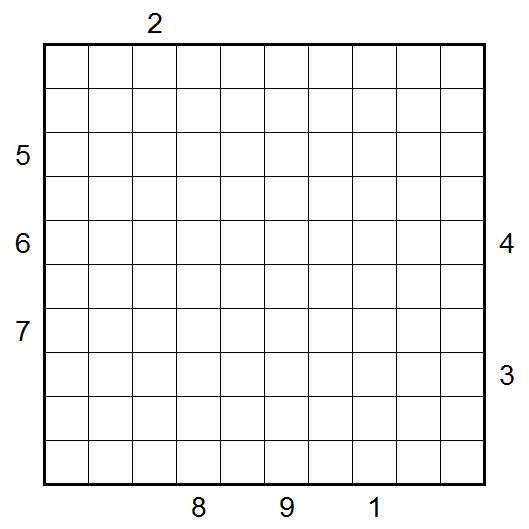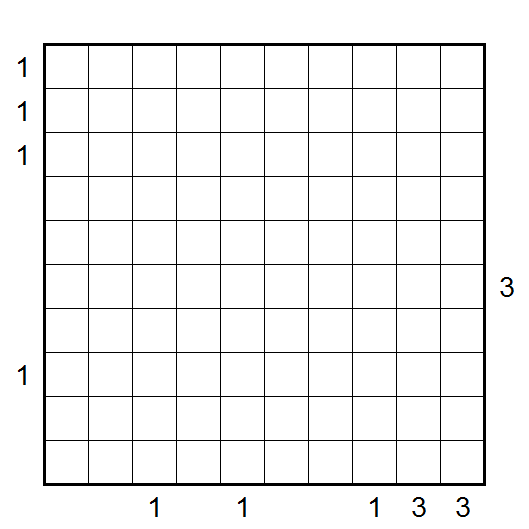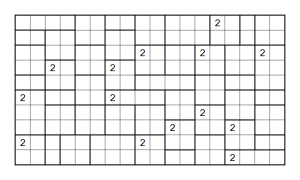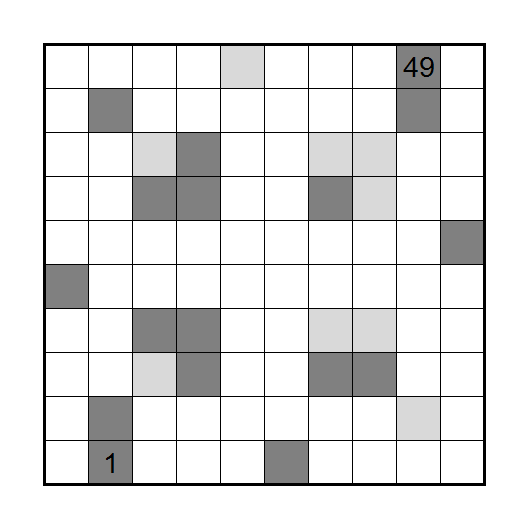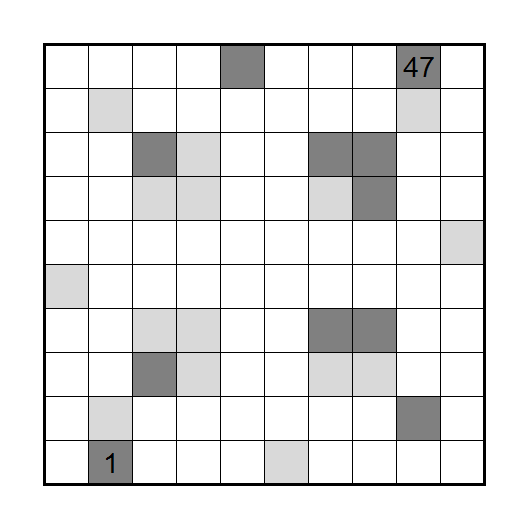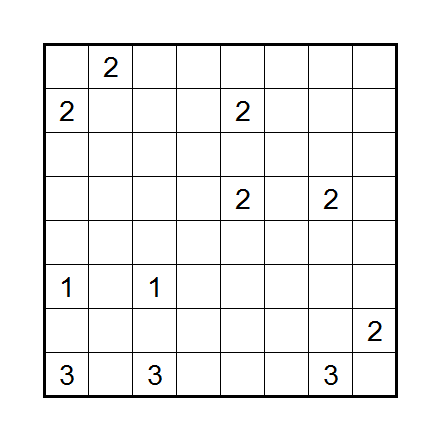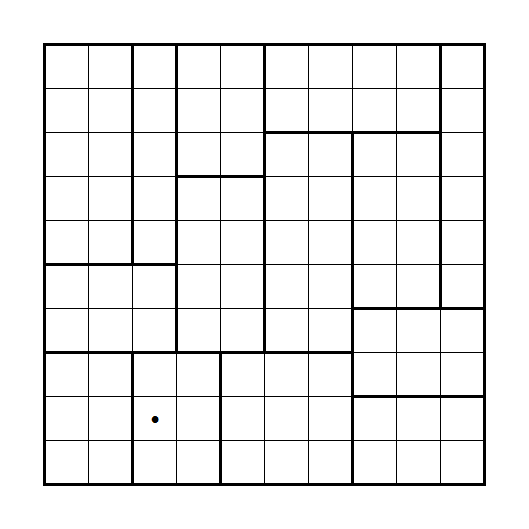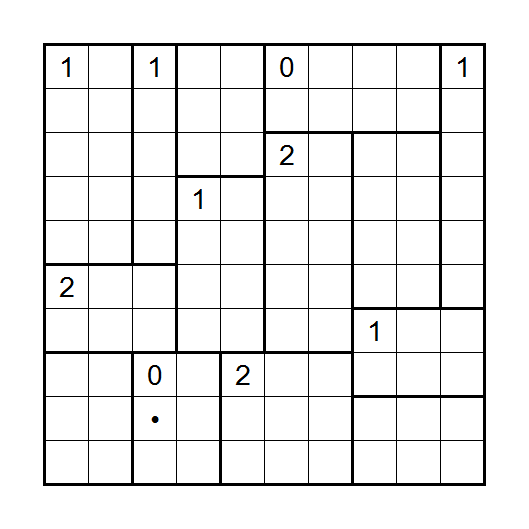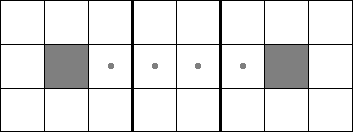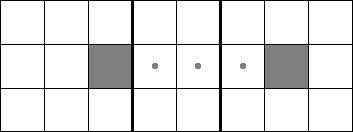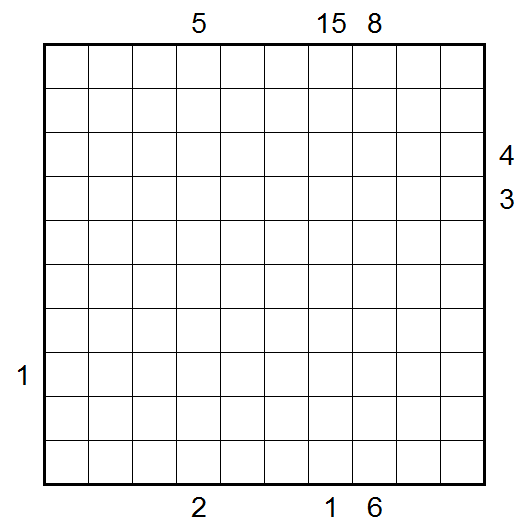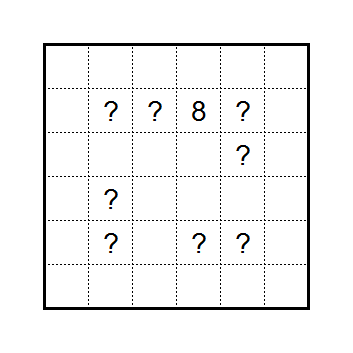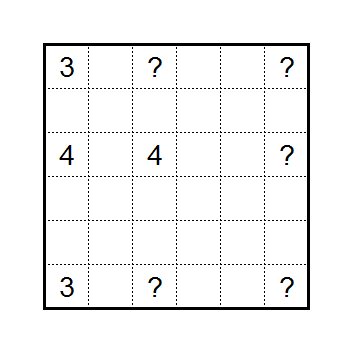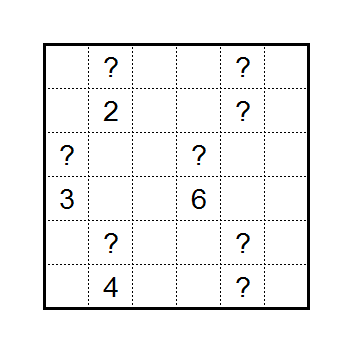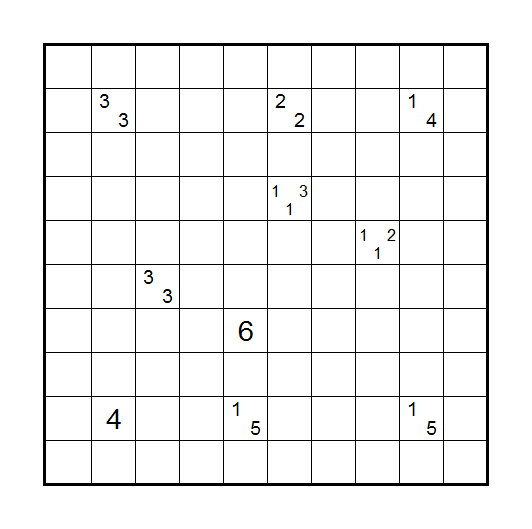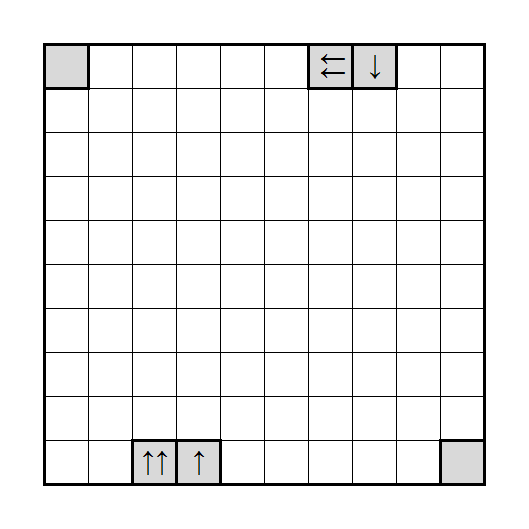Sum Skyscrapers Snake
I actually made yesterday’s snake puzzle a couple of months ago, and yesterday when posting it I realised that I have to make a sum variant. Maybe I’ll try a Haido snake next.
I really liked making this puzzle. Because I might have stuck to the theme too much, there’s a tricky step later on in the puzzle but otherwise it shouldn’t be too hard.
Rules:
- Shade some cells to form a snake, an orthogonally connected non-branching path of cells.
- The snake doesn’t touch itself orthogonally. That is, if you numbered the cells of the snake from head to tail, the only shaded cells directly adjacent to a shaded cell would be the next and previous cells in sequence. However, touching by corners is okay.
- The numbers outside the grid act as Sum Skyscrapers clues:
- On a row/column, a segment of n shaded cells is taken to be a skyscraper of height n.
- A skyscraper blocks visibility of any other skyscraper behind it that’s not taller.
- Looking from the clue’s direction, a clue tells the sum of the visible skyscrapers’s heights.
